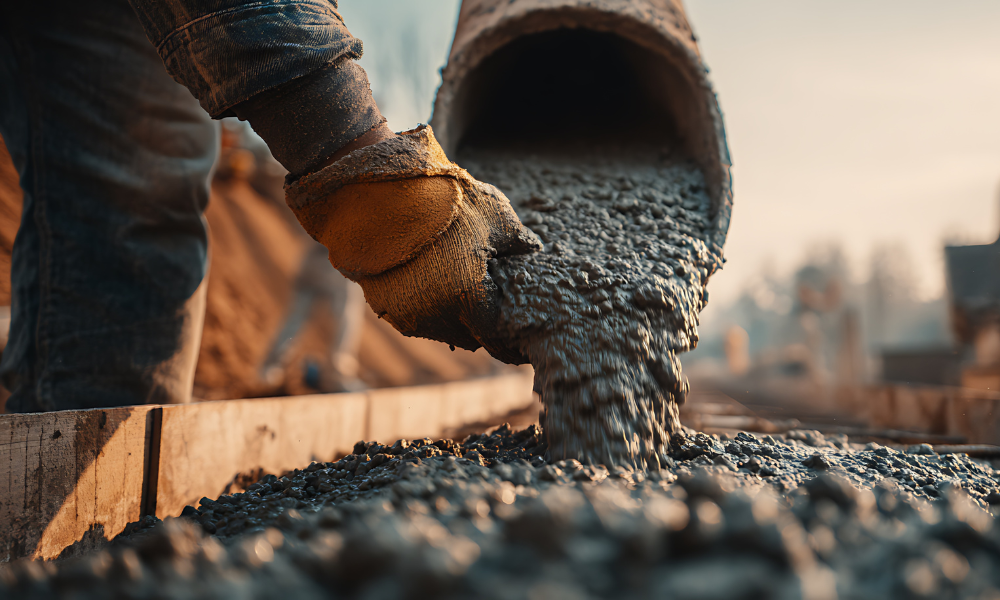Researchers at University of Saskatchewan trying to reduce carbon footprint in construction

Researchers at the University of Saskatchewan are charting a new course for the construction industry, aiming to dramatically reduce the carbon footprint of cement—one of the world’s most carbon-intensive materials. Their work, led by PhD student Ravi Patel and his supervisor, associate professor Bishnu Acharya, explores the use of biochar, a carbon-rich byproduct from agricultural waste, as a partial replacement for cement in concrete.
Cement manufacturing accounts for up to 8% of global carbon emissions, according to the World Economic Forum. As Canada and other countries strive for net-zero targets, the pressure mounts on heavy industries to find sustainable alternatives. Patel and Acharya’s research offers a promising path forward.
“We need to find a sustainable solution which can potentially replace the cement in some sort and which also provides the similar kind of properties which cement is giving,” says Patel. “We always used to work with biochar. Traditionally, biochar has been used in agriculture as a soil amendment or in wastewater treatment. But we found that what if we use this biochar as a sustainable solution to replace some cement, which can help to reduce the carbon footprint. At the same time, it is also trapping the carbon into the construction materials.”
Biochar is produced by heating waste wood or agricultural residues in a low-oxygen environment, resulting in a fine, charcoal-like powder rich in carbon and minerals. When added to concrete, this material not only reduces the number of pores in the mix—improving strength and durability—but also sequesters carbon for the lifespan of the structure, which can stretch 50 to 70 years.
“Our analysis shows that by adding biochar, it helps to reduce the number of pores into the concrete. It also holds some amount of water, which helps concrete to cure better,” Patel explains. “We did all the mechanical strength and durability testing according to the ASTM standard, and we found that it is helping the concrete to gain more strength. At the same time, it is also capturing carbon.”
The team partners with Titan Clean Energy Projects, a commercial biochar producer in Saskatchewan, to source the specific type of biochar that delivers these benefits.
While the results are promising, the researchers stress the need for further testing before large-scale adoption. “The next phase would be like a demonstration project, or a pilot project, I think we will be able to quickly move into those kinds of scale,” says Acharya.
He adds, “since it’s not a major replacement in the concrete mix—like we are looking at around 2.5% adding biochar to it—it improved the mechanical strength, and we believe it will not cause any negative impact on the concrete. But we would like to do some kind of freeze-thaw test going forward to be sure that it can withstand the weather and doesn’t cause any cracking or any negative impact.”
The next steps involve building partnerships with construction industry stakeholders to pilot the technology and answer key questions about long-term durability, aesthetics, and performance in real-world conditions.
As the construction sector faces increasing scrutiny over its environmental impact, innovations like biochar-enhanced concrete could offer a double win: stronger, more durable buildings and a meaningful reduction in greenhouse gas emissions. For health and safety leaders, especially those focused on sustainability, this research signals a significant step toward greener, safer, and more responsible construction practices.




